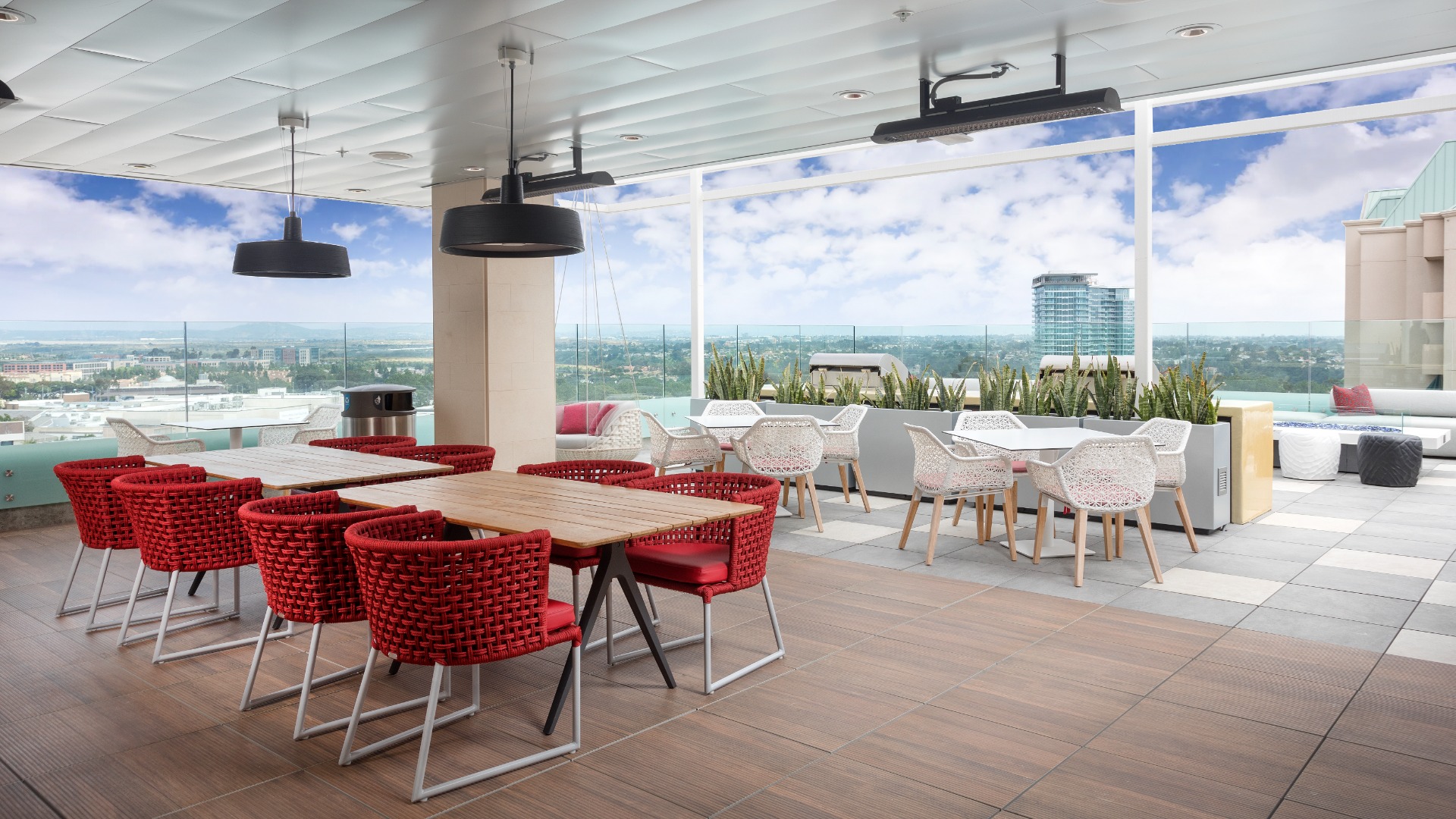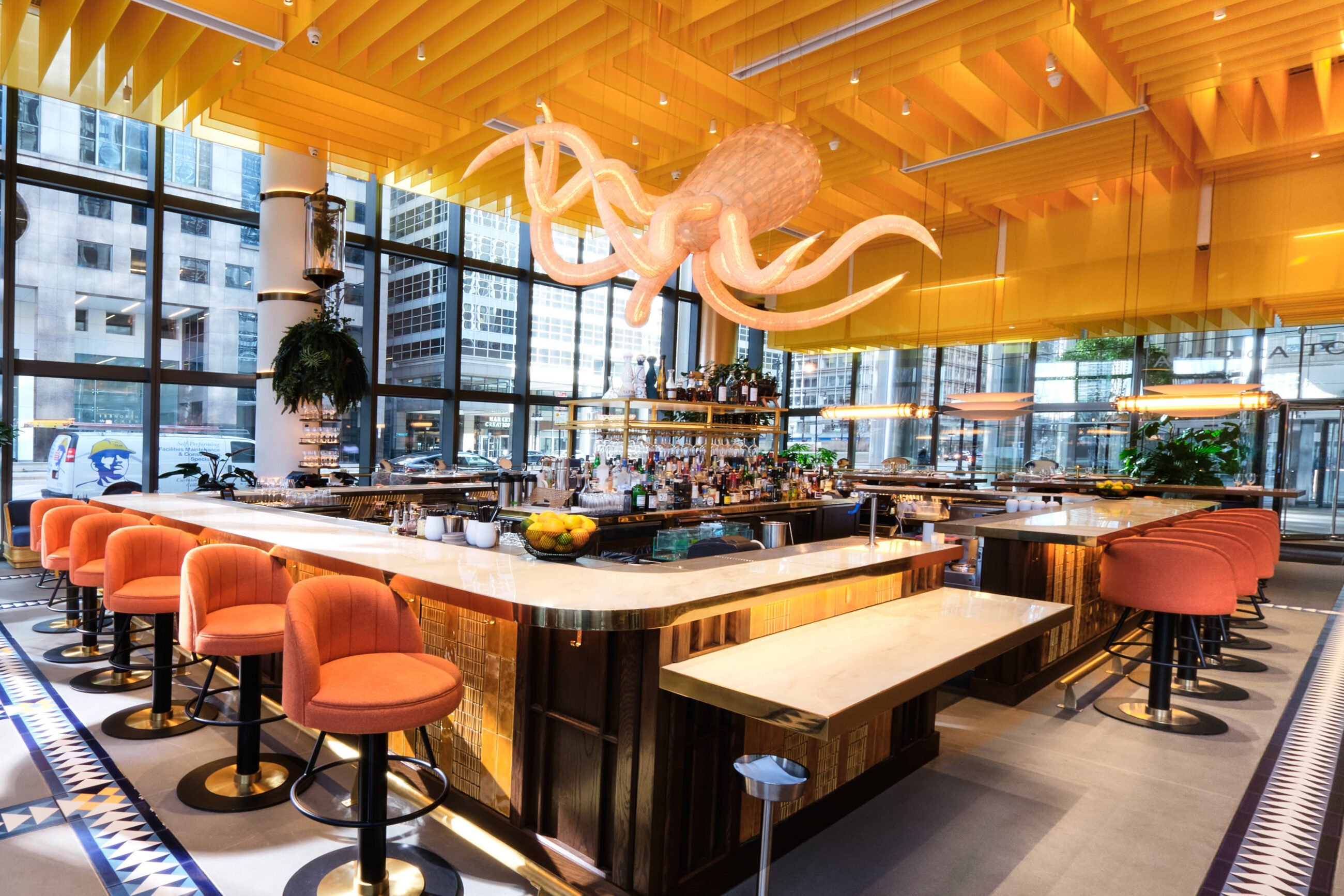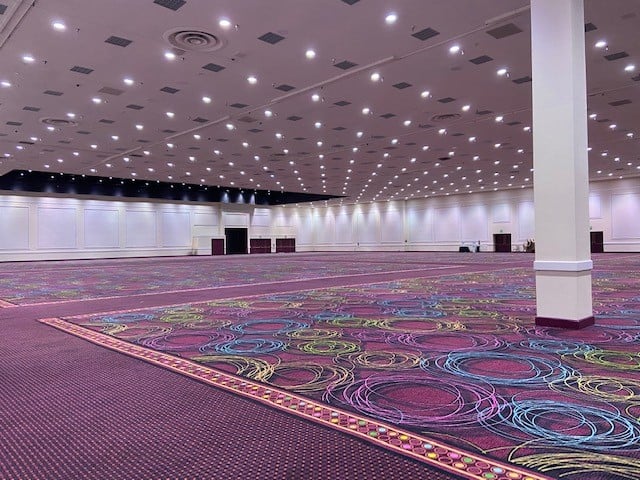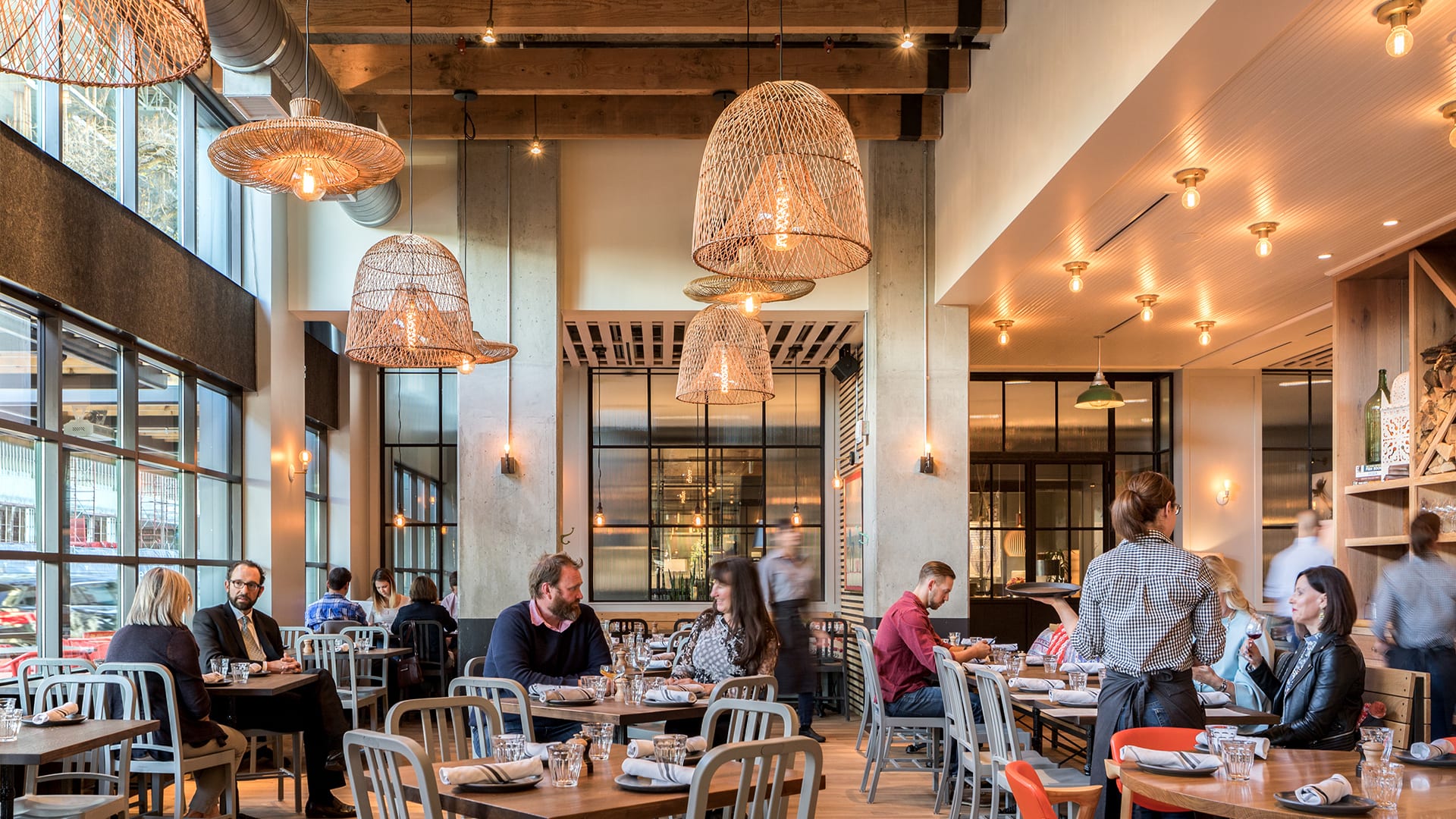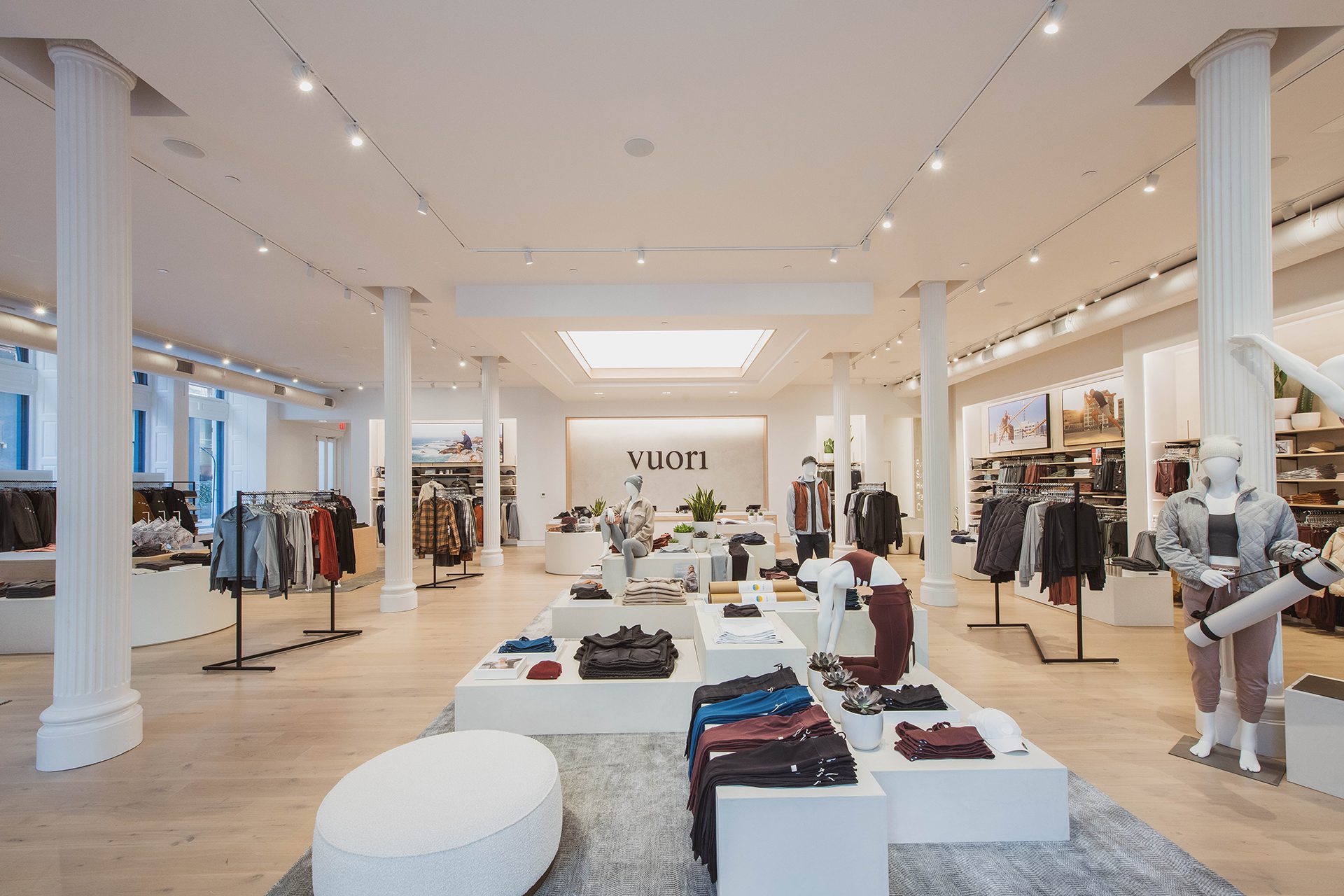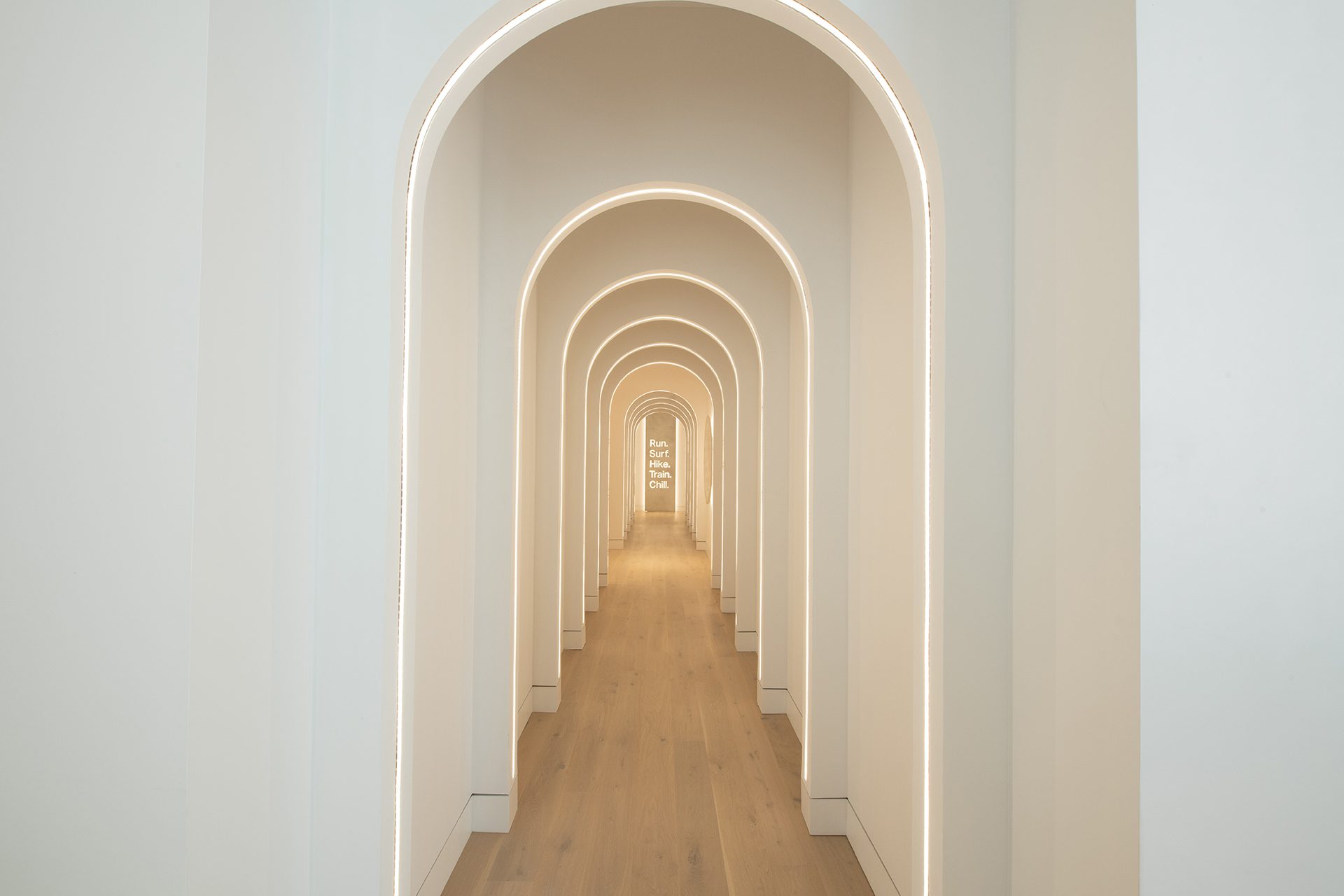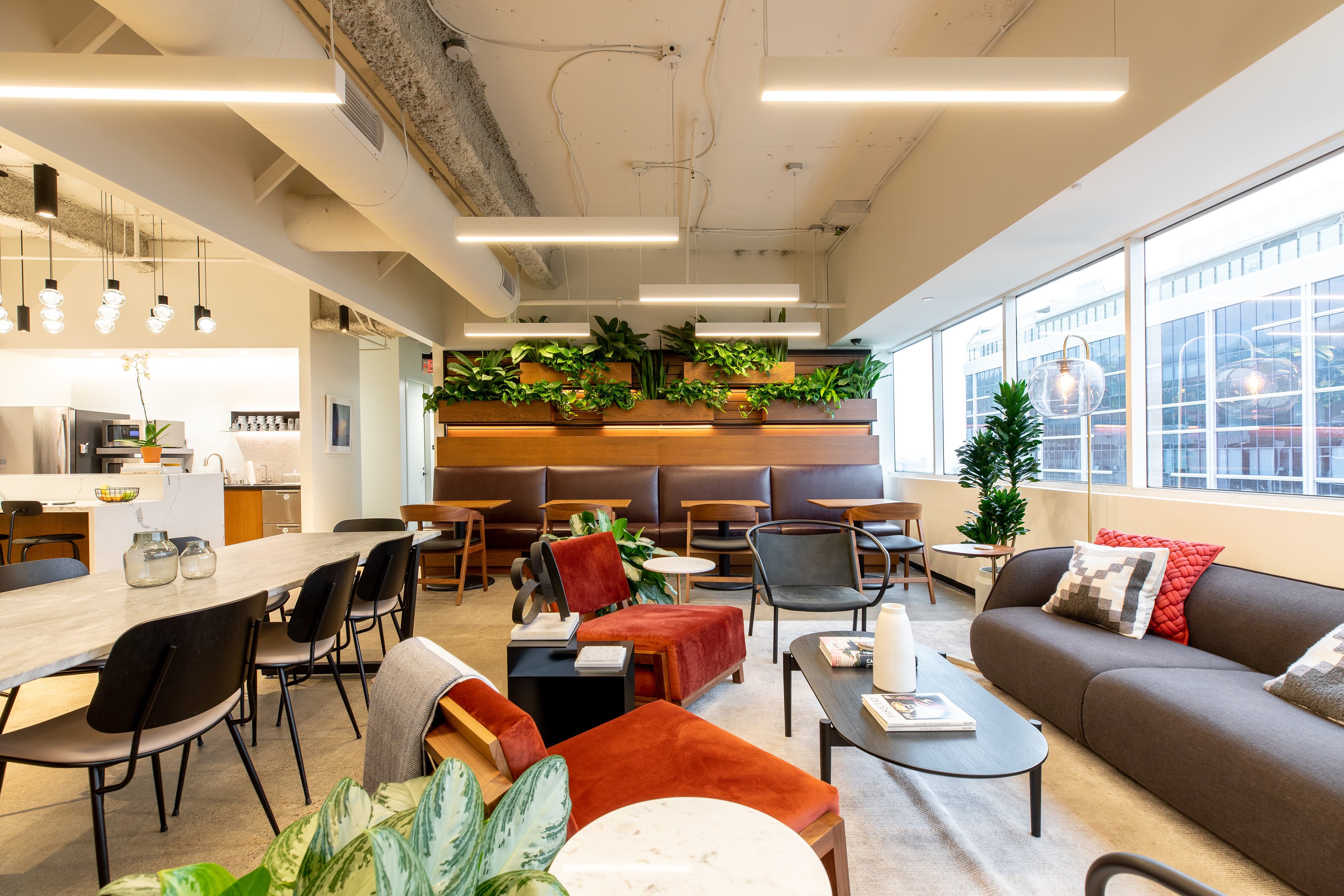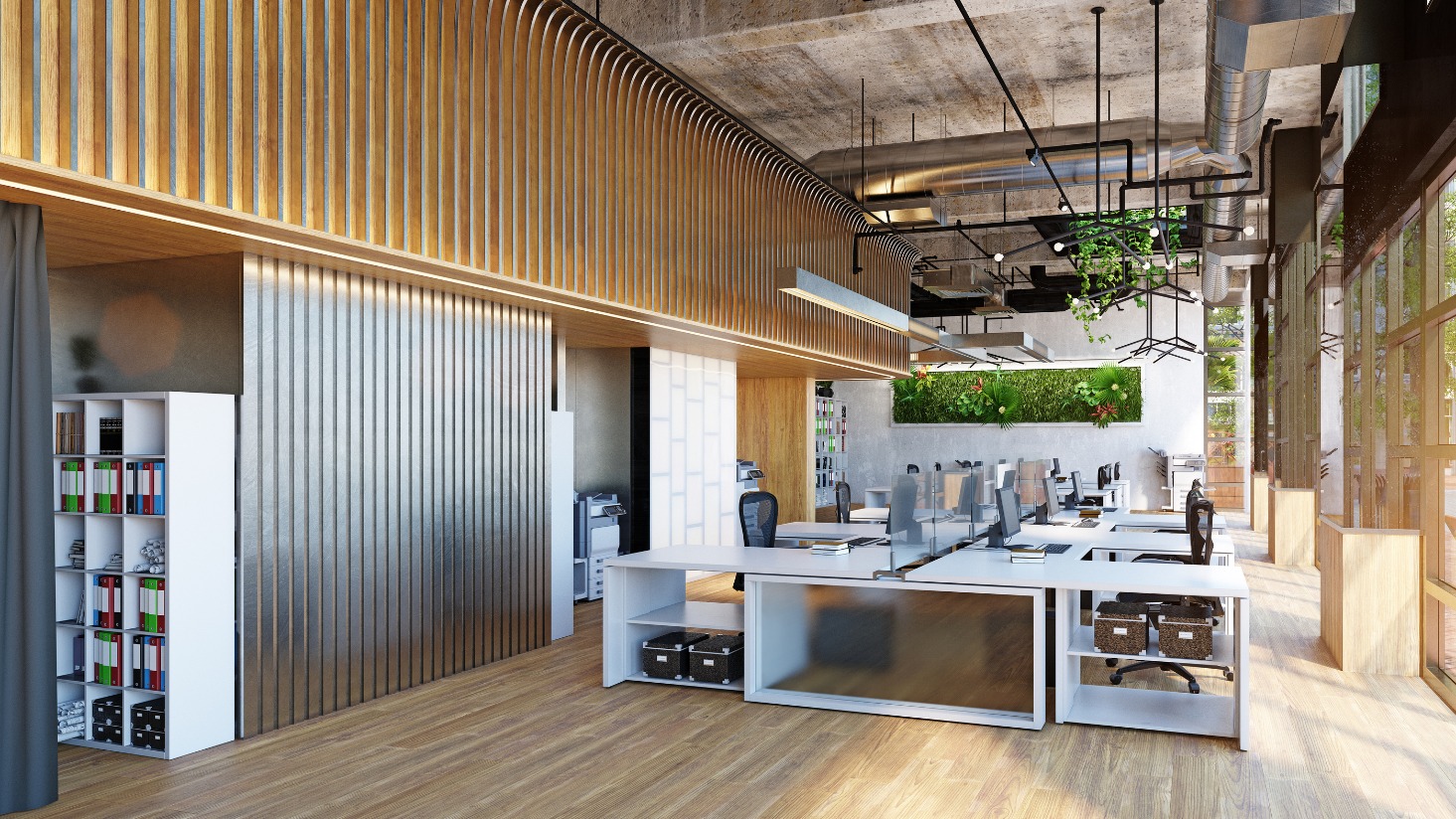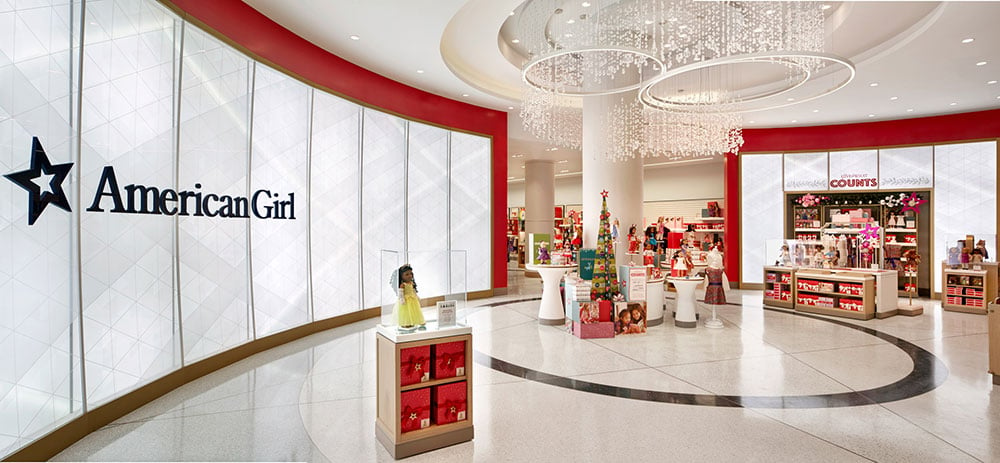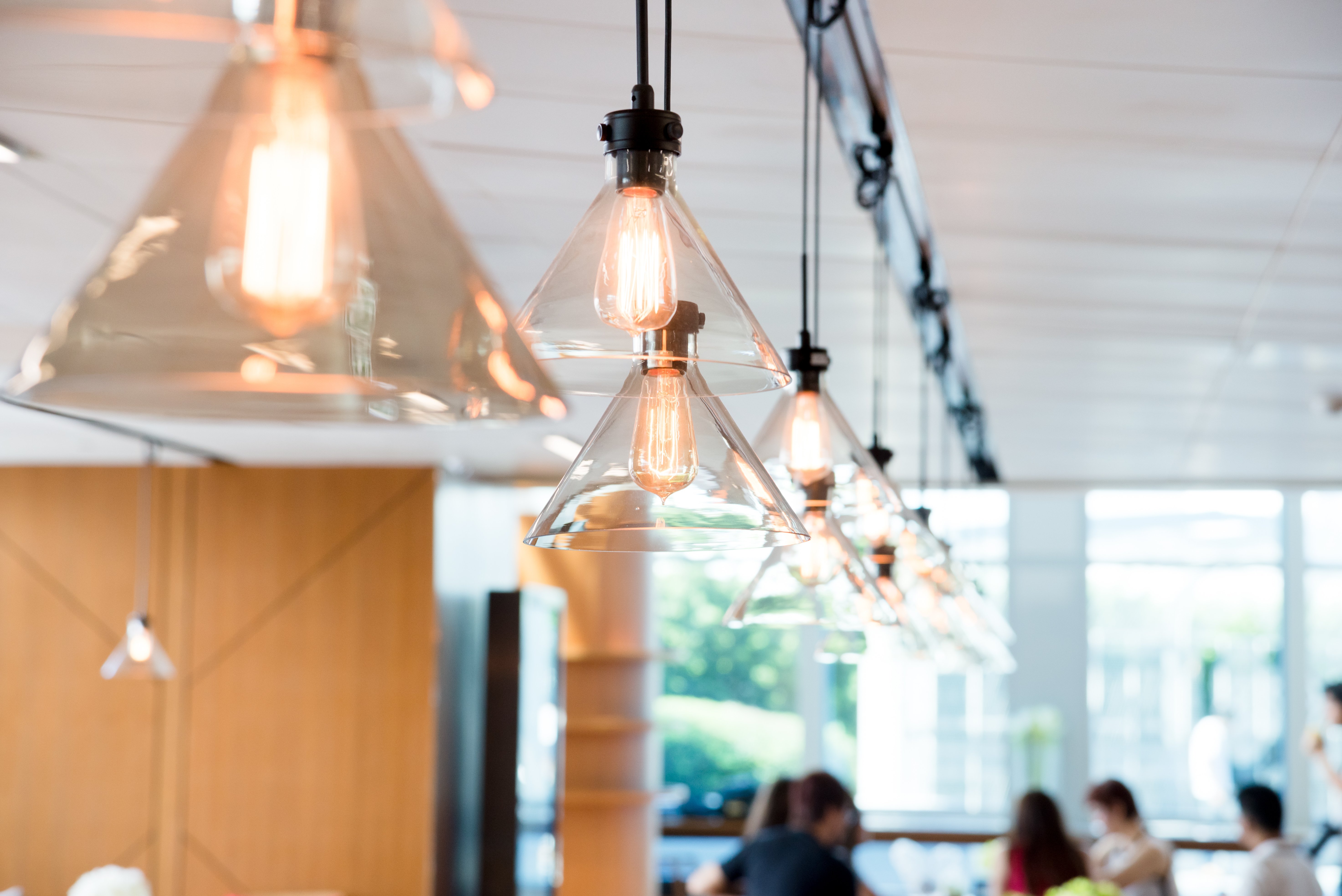3 ways a lighting designer can help produce the best multifamily spaces
You only have one shot at creating a first impression. When it comes to multifamily projects, this means the exterior lighting, common areas, and leasing offices are critical. A well-designed space casts a vision for the tenant to visualize themselves in their new home.
Sometimes the lighting fits into the category of just another necessary element specified by an electrical engineer to meet code. Other times a specific area like a meeting space or common area may be highlighted for more intentional lighting design. But it isn’t common for lighting to be thought of as a critical element to draw in new tenants and enhance the marketing of your property.
Why lighting matters in multifamily development
Multifamily Design+Construction did a survey ranking some of the top amenities for multifamily spaces, from fire pits to coffee bars and even EV chargers. Amenities are important, but the property must look inviting, clean, and safe before amenities matter to any tenant. Are you sure that your lighting — from top to bottom — will reinforce your property’s brand and design? Here are a few places where lighting can make your property stand out.
1. Parking areas
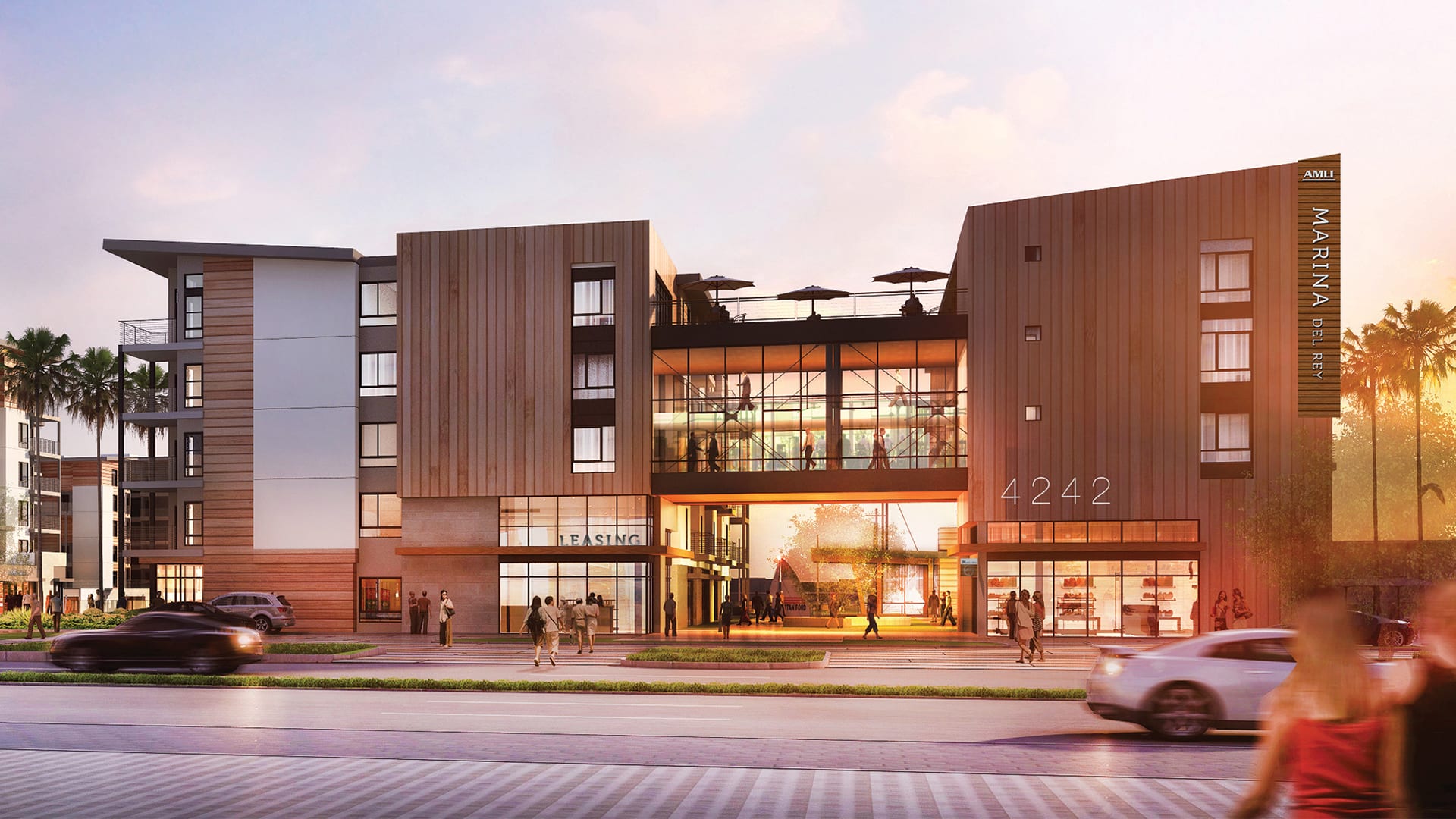
The parking lot or garage is probably the least exciting part of your property. So why start here? Other than the entrance or sign for your property, this is a potential tenant’s absolute first impression.
It may not matter what the units look like or what amenities you offer if the initial experience of parking at the property feels unsafe or dingy.
Lighting in a parking area must meet code, and that means a specific minimum number of footcandles required for safety. This is the primary reason that parking lighting specifications are almost always passed to an electrical engineer to give a lighting layout based on a rough cost.
While this approach will pass code, it doesn’t necessarily mean that the parking area will be well lit and energy efficient. We’ve seen spaces where hundreds more fixtures are used than necessary or the fixtures used left dark areas or bothersome glare for divers.
Bringing a lighting designer into the parking can be a practical way to save on your lighting package and ensure that your tenants have a first impression that allows them to take in the best parts of your property.
2. Exterior areas
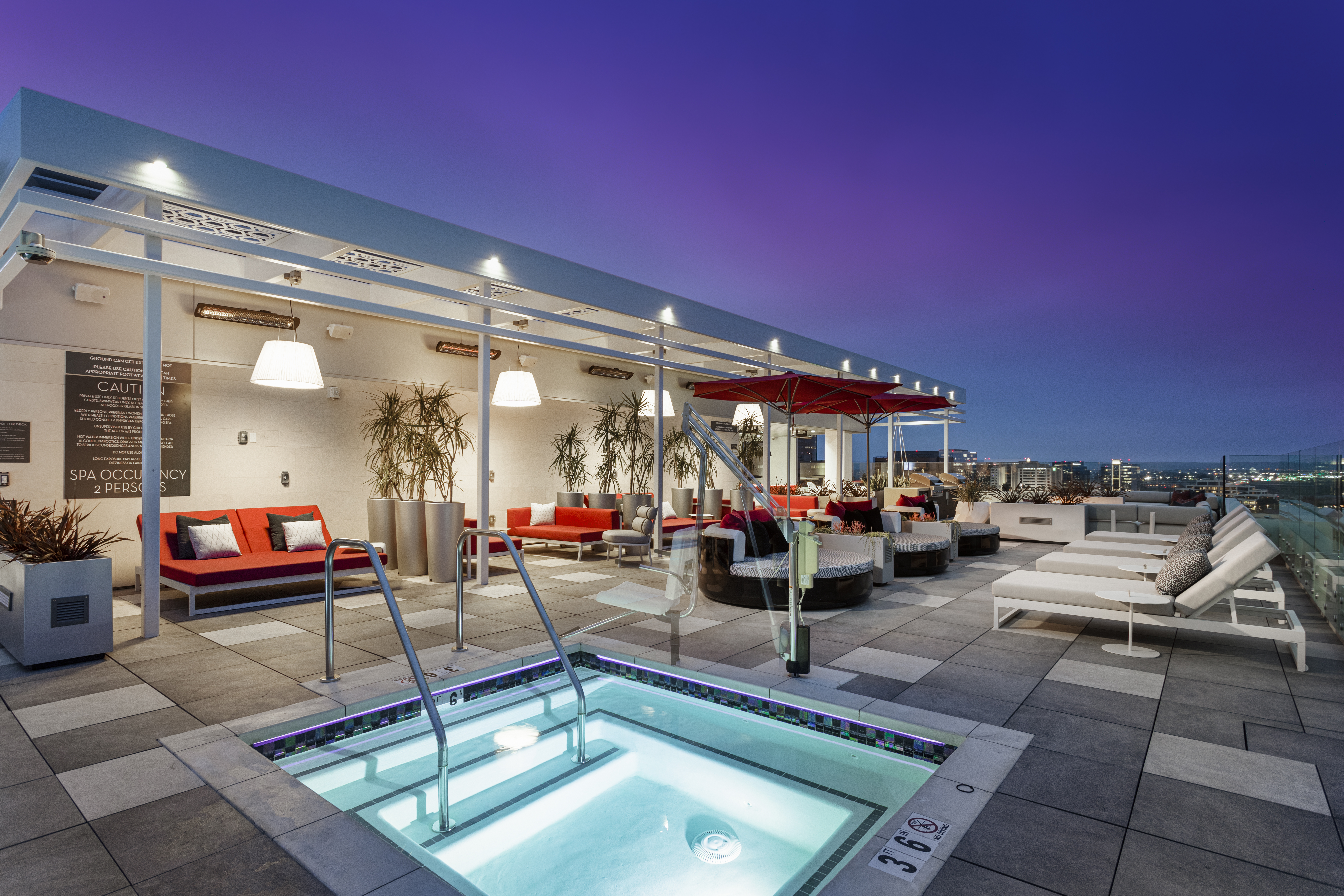
The exterior of your property is a wonderful marketing opportunity. This establishes the brand and experience a tenant will have before they even arrive at your property. When an architect has spent the time, energy, and creativity to give the building exterior features that differentiate your property, it’s important that the lighting compliments their design.
But exterior lighting also carries another critical function — safety. Similar to the importance of parking lighting, it is essential that tenants and guests feel safe as they walk around the property. A lighting designer can ensure that your building draws people in and makes them want to stay.
3. Common spaces, meeting rooms, and leasing offices
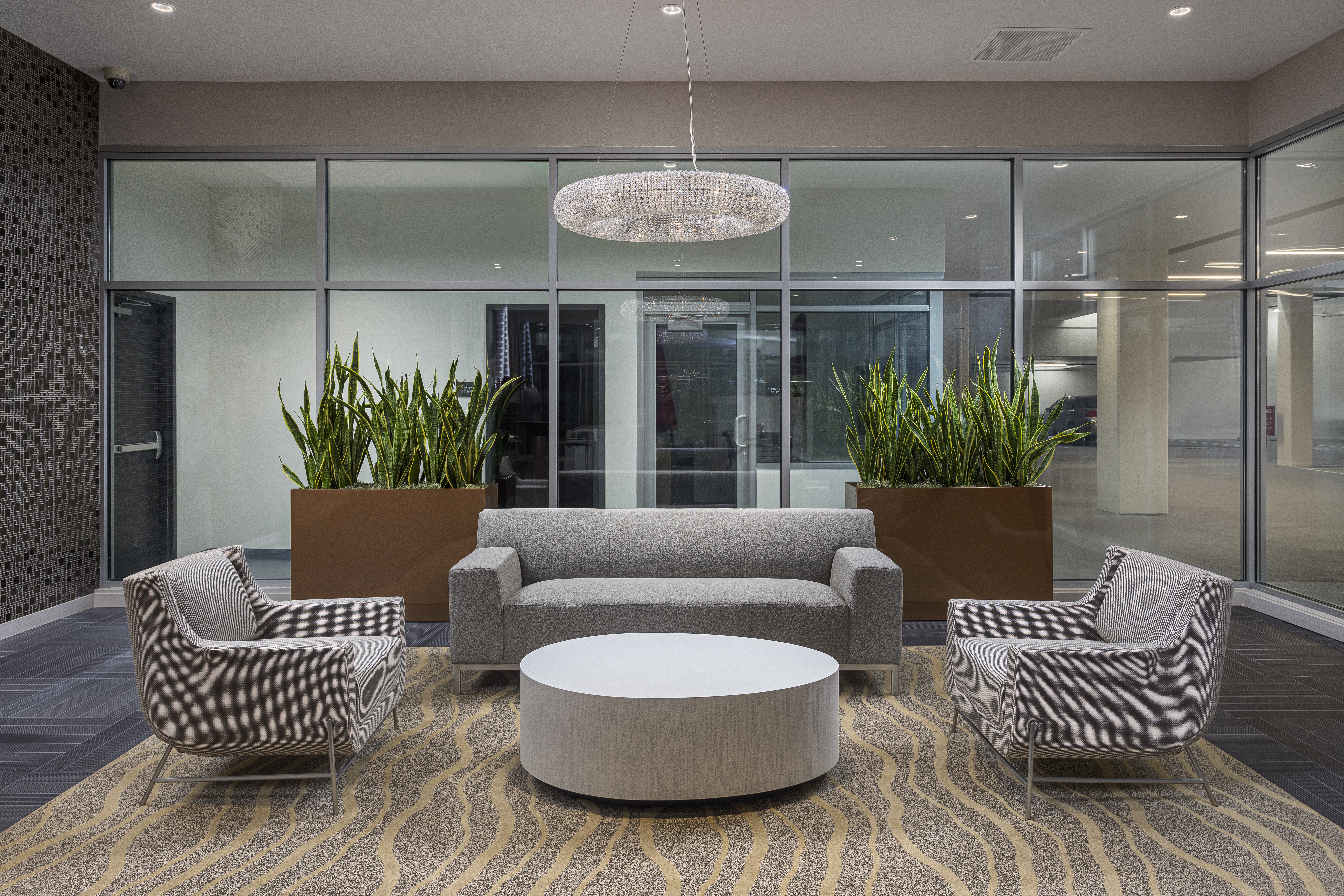
Now we can get to the fun and creative spaces in a multifamily property. These are areas where lighting designers are more commonly brought in, and here are some of the reasons why.
First, the leasing office sets the tone for attracting new tenants. You want the right level of design and branding, and lighting can either enhance or detract from your intended design. It’s the same reason that retailers use lighting to highlight their top products — they want people to have an experience that leads to a purchase. In the case of multifamily, you want the person to be able to visualize themselves at your property and become a tenant.
Another way that lighting designers can help a property stand out is in crafting common spaces and meeting rooms that tenants are proud to bring others to. Visitors, colleagues, and even clients are all potential sources of referrals, so design and experience matter in these spaces. When you’re designing an environment, the right lighting intensity, color, and even fixture design can all be used to reinforce your brand and attract potential tenants.
Multifamily lighting: More than an afterthought
As you’re thinking through the success of a new multifamily development, what are the factors that you spend the most time and energy crafting? Think about the ways that you intend on marketing the property and the people you want to attract.
The reason that lighting helps to define some of the most innovative and attractive spaces is the power it has to create an experience. Lighting can add emphasis to those strategic goals for your property. From highlighting design and premium materials to a feeling of safety and home, an intentional lighting design from the parking area to the interior spaces makes all the difference.
At RL Studio, we love the creative design process, and we also have a team to project managers who can help with the supply and delivery of the lighting package once your project is underway. This intentional approach to multifamily projects allows you to have a consistent lighting team who can help you hit budgetary goals and ensure that the construction process stays on track. If you have a multifamily project you’re working on or on the horizon, we’d love to talk.



